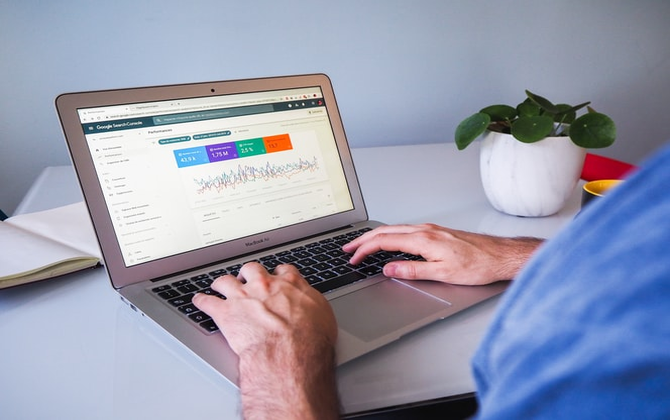Google Analytics is the most widely used web analytics tool in the world. Over the years, Google Analytics has received significant updates that have helped marketers develop new ways to analyse data.
In October, Google announced the launch of Google Analytics 4. The new Analytics aggregates information based on artificial intelligence, tracks users across all devices and provides more granular data controls.
Google Analytics 4 also includes extended predictive information, deeper integration with Google Ads, cross-device measurement capabilities, etc. With the aim of evolving the tool along with changes in consumer behaviour, the need for better use of analytics and new data privacy regulations.
Analytics 4, the new version of Google analysis
Google Analytics 4 is the new version of Google’s free analysis tool, with changes to the interface and data model compared to Universal Analytics. As well as the incorporation of Firebase features to unify the measurement of Apps and web pages.
This new version of Google Analytics is designed to help companies improve the return on their advertising investment with Google Ads.
New knowledge and predictions based on artificial intelligence
Google Analytics 4 focuses measurement on user interactions, using artificial intelligence and reorganising reports to analyse the customer’s journey through their life cycle, from acquisition and interactions to conversion and retention.
New insights and predictions coming into GA4 can automatically alert marketers to data trends, such as the growing demand for a product they are selling.
This technology is also used to predict outcomes, such as dropout rates and potential revenue that a company could earn from a particular customer segment. This knowledge can help marketers anticipate the actions their customers might take in the future and focus on higher value audiences.
Integrating audiences more deeply with Google Ads
Marketing specialists can generate and maintain audiences of their visitors on the web and its application thanks to Google Analytics 4.
If a user qualified for an audience list due to an action performed on the web and was removed from a list because he completed a purchase within the application, for example, the list will be automatically updated to remove the user so that he is not redirected with ads.
Google Analytics 4 will report on the actions of the involved YouTube views that occur in the application and on the web.
Reports framed in the customer’s life cycle
One of the most notable differences between Analytics 4 and Universal Analytics is how the reports are organized.
In this new version of Google Analytics, the reports are designed to help marketers gain insight into particular aspects of the customer journey.
The new Analytics experience also aims to give marketers a more complete picture of how customers interact with their business across all devices and channels.
Code-free event tracking
Extended code-free features make it easier for marketers to track and measure actions on the site and in the application that are important, in real time, such as a page scroll or video playback, without having to add code or configure event tracking in Google Tag.
More granular user data controls
Google Analytics 4 also includes options to help advertisers comply with data regulations such as GDPR and CCPA. This new mode provides separate consent options for analysis and advertising.
Analytics in the future without cookies
Internet giant Google anticipates that data scarcity will become the new norm by 2021. It will therefore rely on machine learning to fill data gaps.

